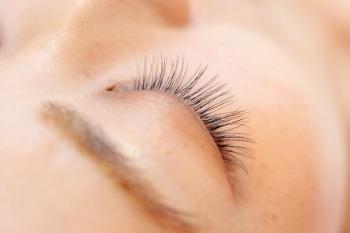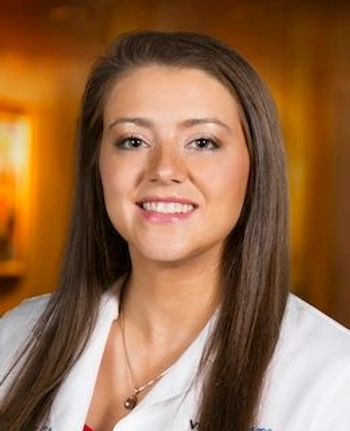
Tips for establishing a sports vision practice
Fred Edmunds, OD, FAAO, says there’s no one right way to provide sports vision services.
Fred Edmunds, OD, FAAO, says there’s no one right way to provide sports vision services.
“The interesting thing about sports vision, for better or worse, is that there are many ways to do things,” he says. “Every other sports vision practitioner has different evaluations, training, their own protocol to evaluate, so it’s a bit of a challenge. But that’s the beauty of sports vision-you have a lot of latitude. There are many ways to create a desired outcome with our clients.”
Related:
Raise awareness
Dr. Edmunds shared some of the tips he’s learned through his own trial and error during a session at Vision Expo West 2015.
Athletes at all levels are generally unaware that sports vision services exist, let alone what those services could do for their performance, he says. Another problem is that most athletes think that as long as their vision is 20/20, they have “perfect” vision.
“We all know that there is more to perfect vision than 20/20,” he says. “20/20 isn’t perfect vision-it’s average vision. So you start off by saying, ‘Is average good enough? Do you want to be average in your performance?’”
Sports vision care looks to optimize how the eyes work individually, how well they work together, and how well they work with the body, he explains.
“You can think of this as speed/strength/agility training for the eyes,” says Dr. Edmunds. “20/20 tells me how well you can see a small black letter on a bright white background while sitting still. How often during a sport do you have the opportunity to look at something black on white?”
He says that approaching the conversation this way can get athletes thinking differently about how vision affects their performance.
Different sports have different visual demands
Every sport-and different positions played within that sport-is going to have different visual demands, just like they’re going to have different physical demands. A goalie on a hockey team is going to have different demands than a golfer who’s going to have different demands than a forward on a soccer team.
And there are also a lot of opinions within sports vision about what is most important for each sport. Dr. Edmunds says that you’ll likely develop your own opinions as you gain experience working with athletes.
“I’m going evaluate them differently, I’m going to train them differently, I’m going to talk to them differently,” says Dr. Edmunds. “When you start to offer these services, you may want to start off with a few sports, get some information and experience with them, and then take on incremental sports as you move forward, as opposed to doing what I did-which was jump in and take on any sport and then figure out what I’m going to do with this one.”
When taking on an athlete, Dr. Edmunds recommends conducting a visual task analysis to identify what visual skills-from perception, cognition, and response-that are critical to his performance.
Opportunities in sports vision
Even if you don’t have a professional or collegiate sports team nearby that you can add to your clientele list, sports vision is still a significant opportunity. You can provide these services even to those who aren’t competing at a high level. From school teams to adults who play sports as a hobby, you’ll have plenty of patients if you know where to look.
Dr. Edmunds recommends advertising your services at high school or college coaches conferences, adult recreational leagues, health clubs and performance gyms, the school system’s PTA, local law enforcement agencies, and trainers.
He also recommends branding it as sports and performance vision because that opens it up to other activities that have high demands on sight, such as hunting, shooting, archery, and military or law enforcement activities.
Dr. Edmunds says that offering sports vision services within your practice will give you a competitive edge over other practices. And one aspect of sports vision that might appeal to eyecare practitioners over anything else: it is a cash-only business. That means no managed vision care!
“I don’t work with insurance,” he says. “You know more than I that our practices are becoming more and more tied into coding and billing, and you’re being undercut, and they’re encroaching a little bit.”
Newsletter
Want more insights like this? Subscribe to Optometry Times and get clinical pearls and practice tips delivered straight to your inbox.


















































.png)


